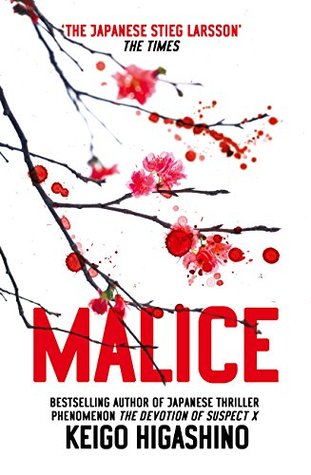More on this book
Community
Kindle Notes & Highlights
I started on my next novel right away. However, my pen seemed reluctant to write. The first time around, I’d completely lost myself in the writing, but this time, I found every little detail bothered me. Sometimes I would spend an entire hour at my desk torturing myself over a single turn of phrase, trying to make it work. Maybe it was because, this time, I had an audience: Hidaka. In a way, that robbed me of my courage. Maybe this was the difference between an amateur and a professional.
In many ways, she was my ideal woman. She always had a warm smile for me, and she looked radiant even in her everyday clothes. I’d never seen her all done up, and she might actually have been a knockout. That, after all, would be more Hidaka’s style. To me, however, she had a simple charm, something much closer to home: an everyday kind of beauty that other women could only dream of.
‘What was most frightening was not the violence itself, but the negative energy emitted by those other boys who hated him. He had never imagined that such malice existed in the world.’
Typically, much of the planning that goes into a premeditated murder involves schemes to establish an alibi, avoid arrest, or, at the very least, avoid blame. ‘But your plan was unique. You had an entirely different goal in mind. You wanted to get arrested. You didn’t care about committing the perfect crime. You wanted to establish the perfect motive.
It is an unfortunate fact that the police tend to turn a stern eye towards evidence that benefits a suspect, but tend to be rather easygoing when it comes to evidence that implicates our suspect.
That’s when I came across the concept of establishing character. Apparently, it won’t do just to tell the reader what a particular character is like. The author needs to show their habits or their words and let the reader form an image on their own.


